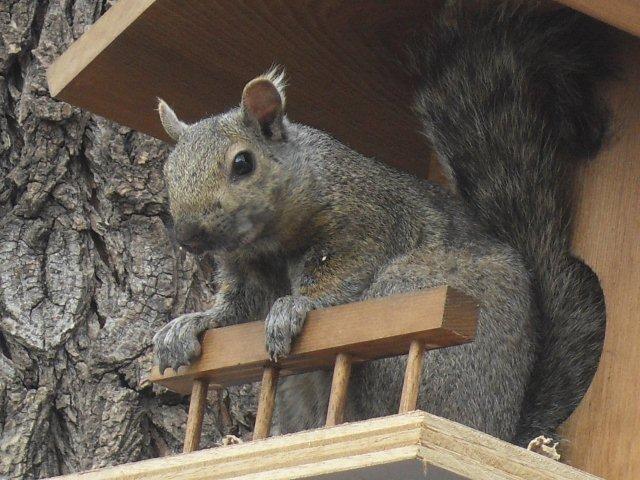"A poem about daffodils! I love daffodils! Great poem!"
 When German archeologist Heinrich Schliemann excavated the likely site of Troy in 1868 he dug down until he found the appropriate level and then branched outwards to explore the city. Is this process vertical, horizontal or the safe answer, both?
When German archeologist Heinrich Schliemann excavated the likely site of Troy in 1868 he dug down until he found the appropriate level and then branched outwards to explore the city. Is this process vertical, horizontal or the safe answer, both? It is vertical only in the same sense as you reaching for a book on a lower or higher shelf. Only after you've found what you are seeking does the real work begin. In the case of Schliemann's dig, such work would involve few, if any, modern tools; even a shovel could damage a valuable artifact.
It's horizontal.
 It is logical that scholarly criticism of canonical works and anthologies should be horizontal, branching out to investigate influences and where a piece or collection belongs in literature's pantheon and lineage. In trying to understand and describe the milieu of a certain era we need to adopt a mindset consistent with it.
It is logical that scholarly criticism of canonical works and anthologies should be horizontal, branching out to investigate influences and where a piece or collection belongs in literature's pantheon and lineage. In trying to understand and describe the milieu of a certain era we need to adopt a mindset consistent with it. Obviously, the critique of drafts is vertical, as we try to build a higher quality poem. Where does book reviewing stand, though?
 Most scholarly reviewers today treat recent titles as they do the classics, tracing references and providing interpretations. This makes sense when tracking the influences of a masterpiece that has stood the test of time. When misapplied to a contemporary piece it is about a century premature. Even if their prediction turns out to be prescient, potential readers today want to know if the book will appeal to them, not their descendants.
Most scholarly reviewers today treat recent titles as they do the classics, tracing references and providing interpretations. This makes sense when tracking the influences of a masterpiece that has stood the test of time. When misapplied to a contemporary piece it is about a century premature. Even if their prediction turns out to be prescient, potential readers today want to know if the book will appeal to them, not their descendants.The other half of the equation is interpretation. If correct, it serves as a footnote, although one could wonder what this has to do with quality. Are poems about daffodils, literally or figuratively, inherently superior to those about petunias? As for "depth" and ambiguity, are open-ended poem like "The Red Wheelbarrow" better than direct ones such as "Do Not Go Gentle into That Good Night"? Of course not.
One of the unfortunate effects of this reviewer-as-interpreter role is that straightforward poems probably won't be reviewed at all. Unaccustomed to the vertical approach of critiquers, the scholarship-style critic has little to add to the conversation when interpretation isn't required. At the same time, many "constructive" critiquers may be disinclined to write reviews because it's like closing the barn door after the horse is gone. "Academic" reviews come centuries too early, critiques come months too late.
The more vague/multi-faceted pieces are like the little black dress of poetry, suitable for any application. Why, then, should we give authority to any one interpretation? Why would a gardener care how a plumber, tailor or MFA graduate understands something before the gardener reads it? Aside from being presumptuous, it's like presenting the answers and then the crossword puzzle. Cart. Horse. Spoiler. A reader might say: "I don't need you to interpret this for me. Not yet, at least." In cases where authorial intent matters it would be up to that author to make things clear. Thus, we have a lose-lose situation: if the interpretation is wrong it is open to ridicule; if correct it is insulting to both writer and reader.
Aside from "terms and times" footnoting designed to bring people up to speed with jargon and conditions understood by the target audience, there isn't much room for interpretation and allusion in reviews. This explains why they are largely absent from movie and prose reviews, even of films and novels that are as subtle and profound as verse. To decide whether or not they want to partake, consumers need a brief synopsis (in case they like only material about daffodils) and an analysis of the quality of writing. What, if anything, is wrong with this work? Reviewing is critique, employing every tool in the box.
It's vertical.

No comments:
Post a Comment
Your comments and questions are welcome.